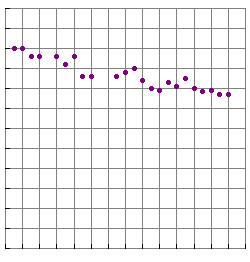1) Which type of scatterplot is represented by the data graphed to the right?
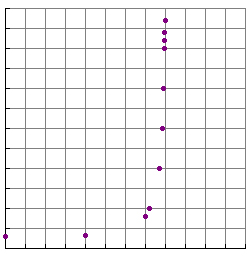
2) Which type of scatterplot is represented by the data graphed to the right?
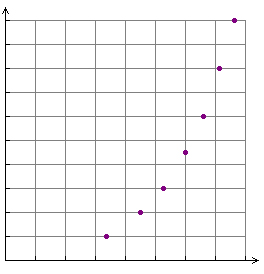
3) Which type of scatterplot is represented by the data graphed to the right?
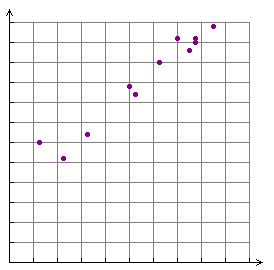
4) Which type of scatterplot is represented by the data graphed to the right?
Interactive popup. Assistance may be required.
Incorrect, the points would continue to rise rapidly.


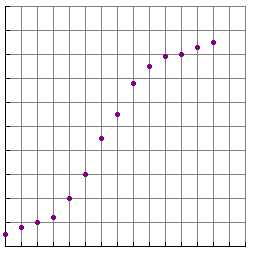
5) Which type of scatterplot is represented by the data graphed to the right?
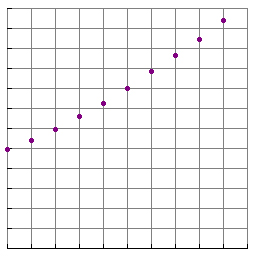
6) Which type of scatterplot is represented by the data graphed to the right?
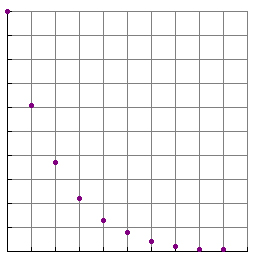
7) Which type of scatterplot is represented by the data graphed to the right?
